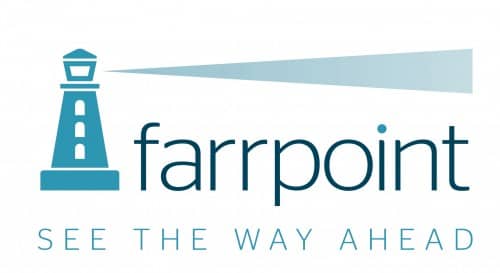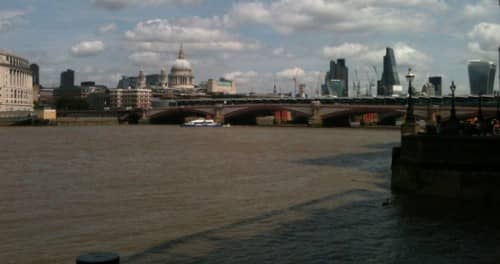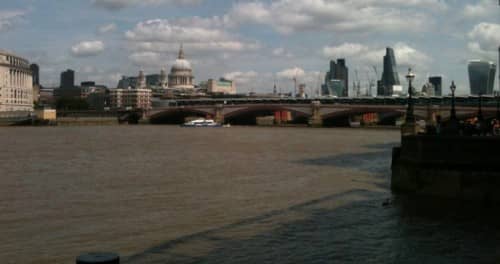
Recently the Mayoral candidates went head to head debating their visions for the digital future of the capital. All of the candidates demonstrated an understanding of the current problems and indicated commitment to progressing tech and connectivity in London. Both the front-runners have stated that connectivity is as important as water supply. This is commendable but with such a huge task ahead of them what should the successful candidate focus on? Here at Farrpoint we have years of experience in what makes a city smart and what you need to have in place in order to get there. If it’s done right the economic and social benefits are huge.
Infrastructure
It sounds like common sense but decent, stable and wide spread infrastructure is at the heart of a smart city’s network. Incumbent telecom operators are not investing enough in infrastructure currently in spite of newcomers challenging the status quo and increasing their footprint in urban areas. There are still some areas of London that are broadband black spots, the Rotherhithe peninsula for example. Transport for London has over 500 kilometres of tunnels, bridges and roads, and Thames Water over 100,000 kilometres of sewers. These, and other existing infrastructure and assets, could be used in partnership with telecom operators to accelerate and reduce the cost of the deployment of broadband infrastructure. The Mayor should consider the example of Paris who used their ancient, sprawling network of sewers to run cables; this cut costs and sped up the roll out of Fibre To The Premise (FTTP) infrastructure substantially.
Speeds
The nation’s capital currently lags behind its European counterparts in terms of speed. 30mbps is deemed satisfactory when looking at a countrywide benchmark but in countries such as Sweden it is commonplace to get speeds of 100mbps. The aim for a metropolis like London must be bolder, there should be a target of 1Gbps, making the capital a gigabit city and 100mbps set as the new minimum acceptable, default package. With the trend in other countries for speeds to double every two to three years the new mayor should be setting his sights on equalling or beating our neighbours’ speeds on the continent. A hard ask maybe but studies show that there is a definite economic impact, an increase of 0.3% in GDP has been reported for every doubling in speed.

Regulations and partnerships
There is currently no overarching regulatory framework in place but we are aware that there are plans for a Chief Digital Officer, open data charters and introduction of planning regulations that require the inclusion of digital infrastructure. This is all good stuff, add citywide cohesive infrastructure strategies, facilitated commercial incentives and public/private partnerships into the mix and a truly smart city gets closer. The public sector should be encouraged and incentivised to partner with commercial organisations to enable infrastructure investment. Taking the tourist industry as an example, digital technology is expected to play a key role in the future evolution of the sector. Crowd shared information, Airbnb being a prime example, is leading a revolution in the way people discover cities, making available hidden gems and taking visitors off the beaten tracks. Such innovations rely on the pervasive availability of digital infrastructure and technologies
A unified approach for the Boroughs?
There are over 30 London boroughs, each will have its own requirements and focus when it comes to connectivity. With this in mind it will be difficult to take a truly unified approach to roll out but an overall strategy is needed. Perhaps the boroughs that are lagging behind could be targeted first? There is currently no clear scheme in place to allow public sector investment in urban areas even where market failure is demonstrated. The DCMS (Department of Culture, Media and Sport) should be involved, working on identifying and developing mechanisms to support the local authorities. The Boroughs should be encouraged to look for a joined up solution and not work in silos. Cuts in budgets mean that savings have to be found but without any reduction in the standard of the services, a joined up “smart city“ approach can help supported by technology.
The new mayor will have his or her work cut out to put the connectivity that London needs in place but all the tech is there, it exists and works. It’s just the small matter of how the infrastructure is financed, put in place and ultimately used that will bring benefits to the residents and businesses of the capital.



